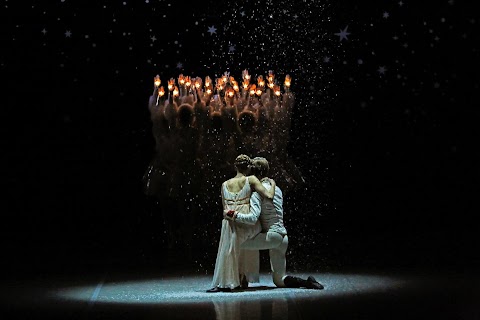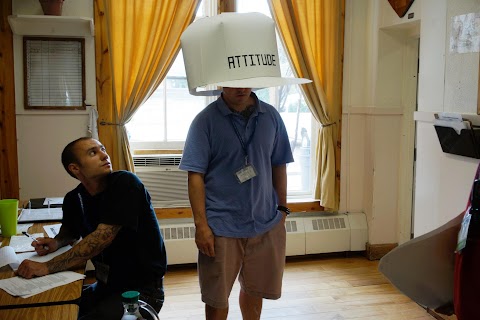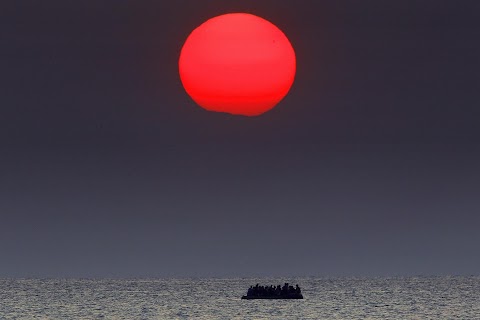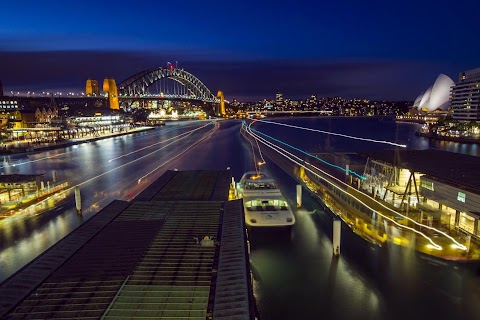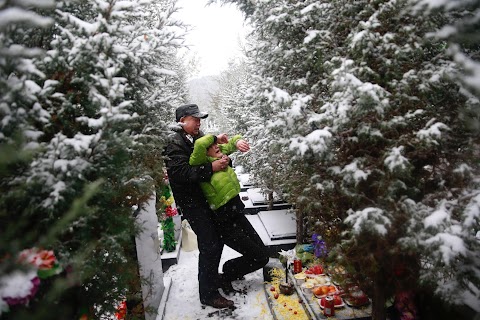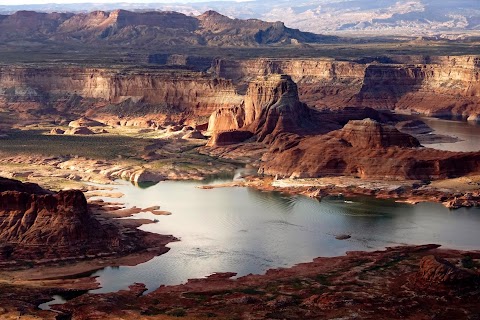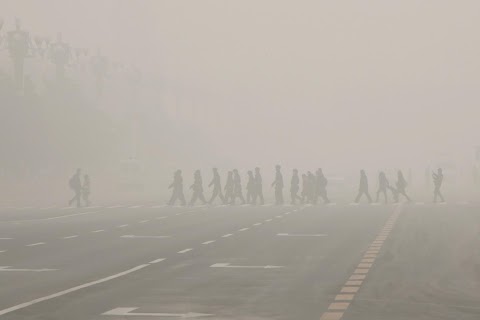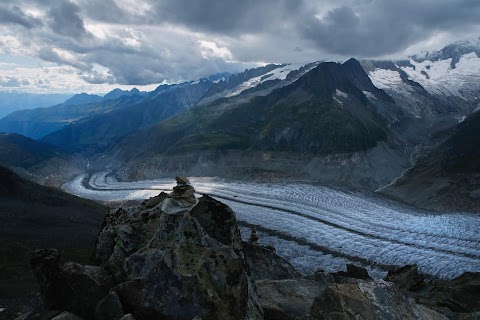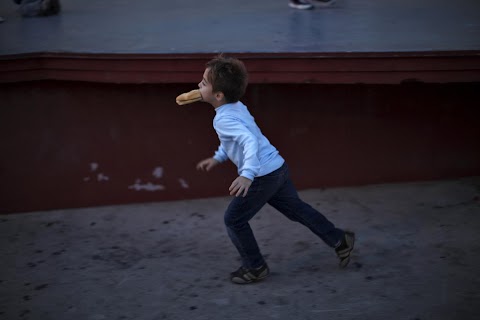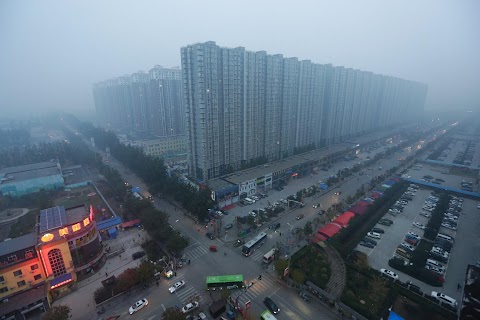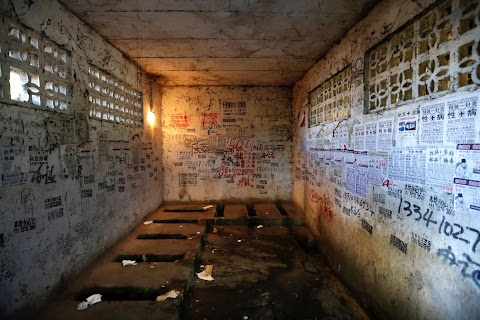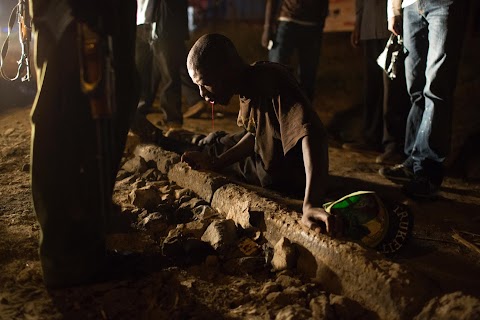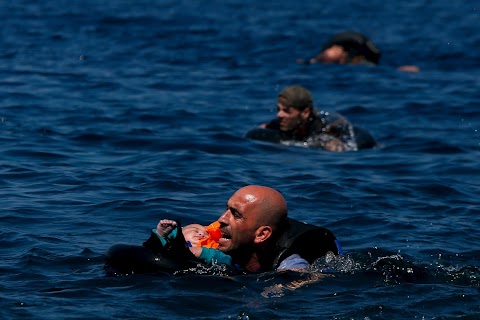
2015: A picture and its story
From the migration crisis in Europe to hippos on the loose in Tbilisi and rioters attacking a policewoman in Burundi, Reuters photographers tell the story behind some of the most iconic pictures of the year.
Story
Alkis Konstantinidis: Another inflatable boat packed with dozens of migrants and refugees heading towards the shore. That’s what I noticed in the distance.
The sea was calm and they were cheering on the dinghy. Suddenly, some 200 metres away, the rear of the boat deflated for no obvious reason, and people started falling into the sea.
Screams replaced the cheers as they frantically tried to stay afloat on life tubes, or by clinging on to the boat. Those who could swim tried to help those who couldn’t.
As this dramatic scene unfolded and people drifted away from each other, the biggest challenge was to capture as many of the different scenes as I could.
There were people falling overboard; two men trying to keep their friend afloat; a man still on the boat lifting his child in the air; another man, nearing collapse from exhaustion, swimming towards the shore; and volunteers rushing towards the boat.
In this hectic moment, one man, yelling really loud and full of tension, caught my eye so I shot some frames. Later, when he was trying to catch his breath on the beach, I asked him where he was from. “Syria,” he told me before heading towards a volunteer holding a baby.
The distance of the shot hadn’t allowed me to see the details of the picture clearly. It was only when I began editing my pictures that I could make out the tiny head of a baby in a life tube, and the screaming man trying to keep himself and the baby above water.
Everything I cover, from riots to politics and sports, trains me to always be on the alert and try to get the best from what I am shooting.
I learned from this experience that disaster can occur even in what appears to be the calmest of situations.
Looking back on that day, the most memorable moment was when I opened the picture on my laptop screen and saw the baby, who looked fast asleep. I flinched. It gave the impression of being asleep in a cradle, dreaming or listening to a lullaby.











